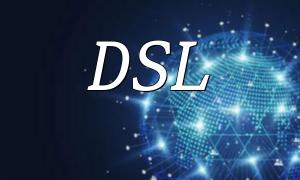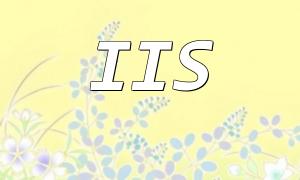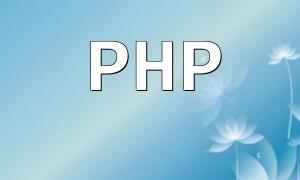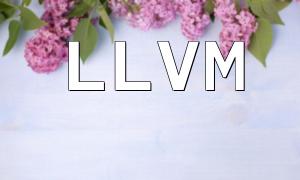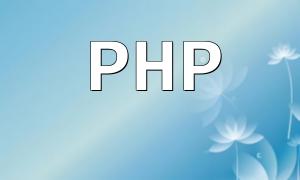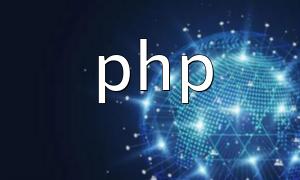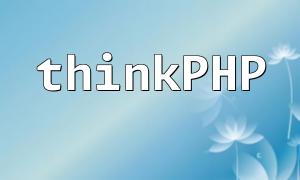First, Django is favored by many developers due to its powerful backend management system and rapid development capabilities. PHP excels at handling dynamic web pages and database interactions. In practical development, combining these two languages can effectively leverage their strengths and improve development efficiency.
When developing with Django and PHP, layered architecture design is an important best practice. The system can be divided into multiple layers, such as frontend, backend, and database layers. This design makes interactions between different layers clearer and helps in maintaining and expanding the system.
By using Django to handle backend logic and PHP to generate dynamic pages, the two can effectively collaborate. The separation of frontend and backend also increases system flexibility, making it easier to change the technology stack in the future.
In collaborative development with Django and PHP, data sharing and synchronization is a key task. You can choose to use the same database (e.g., MySQL) so that Django and PHP can easily interact with the data. For example, in Django, the following code can be used to connect to the database:
<span class="fun"># Example of Django's database configurationDATABASES = { 'default': { 'ENGINE': 'django.db.backends.mysql', 'NAME': 'your_database_name', 'USER': 'your_username', 'PASSWORD': 'your_password', 'HOST': 'localhost', 'PORT': '3306', }}</span>Ensure that Django and PHP use a unified data model to avoid data inconsistency issues. This means that when creating database tables, both systems' requirements should be considered, ensuring field names and data types are consistent.
In Django and PHP collaborative development, using RESTful APIs is a best practice. With RESTful APIs, Django can handle backend logic and expose data through the API, while PHP can request the API to retrieve data. This enables efficient interaction between the frontend and backend.
For example, here’s how you can create an API in Django:
<span class="fun"># Example Django viewfrom rest_framework.views import APIViewfrom rest_framework.response import Responseclass ExampleAPIView(APIView): def get(self, request): data = {"message": "Hello from Django!"} return Response(data)</span>When collaborating with Django and PHP, security is critical. Use HTTPS to encrypt data transmission, and implement authentication and authorization in the API to ensure the safety of user data.
By following the best practices mentioned above, collaborative development with Django and PHP will become smoother. Layered architecture design, data consistency, effective API usage, and security considerations are the key to successful implementation. This article aims to provide valuable insights for developers, helping them achieve better results in Django and PHP collaborative development.
